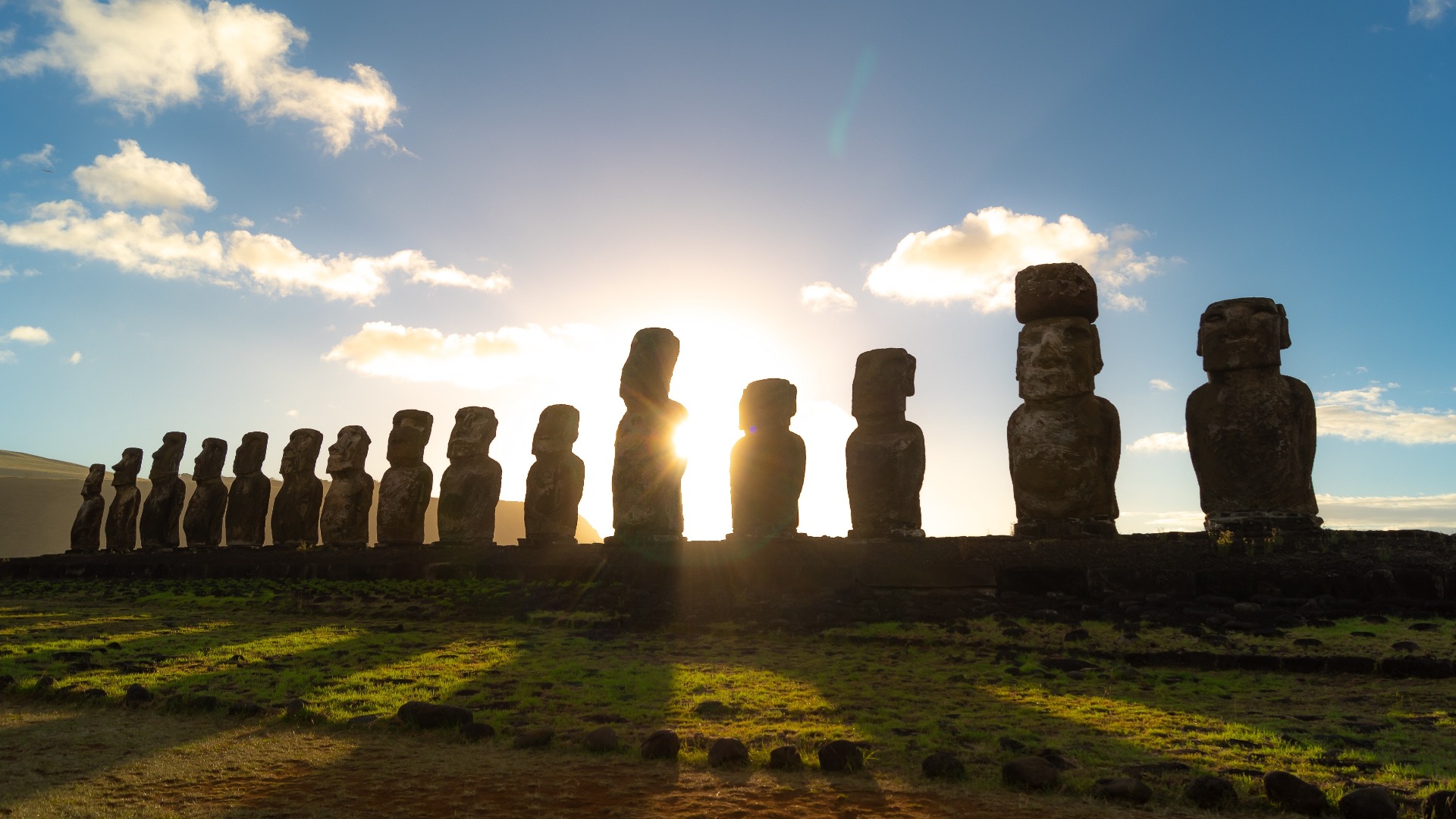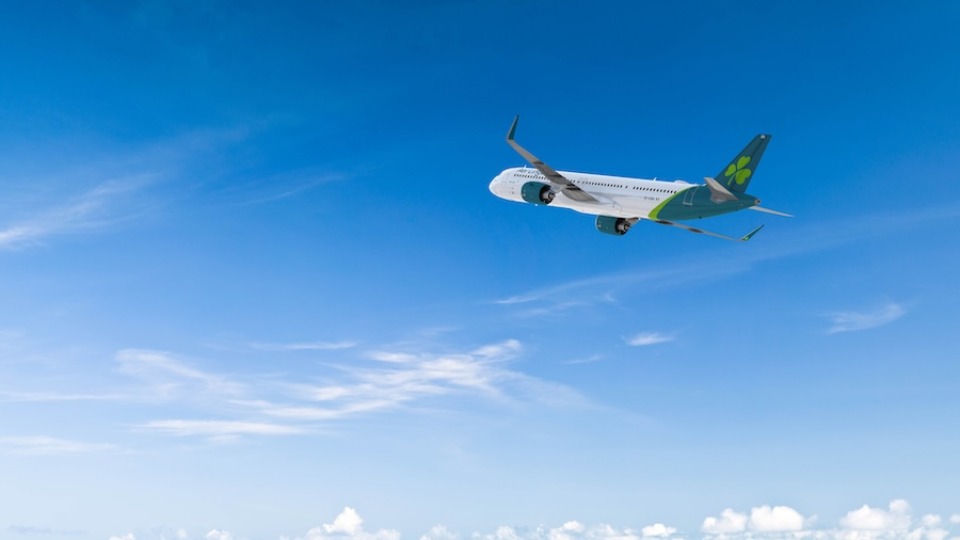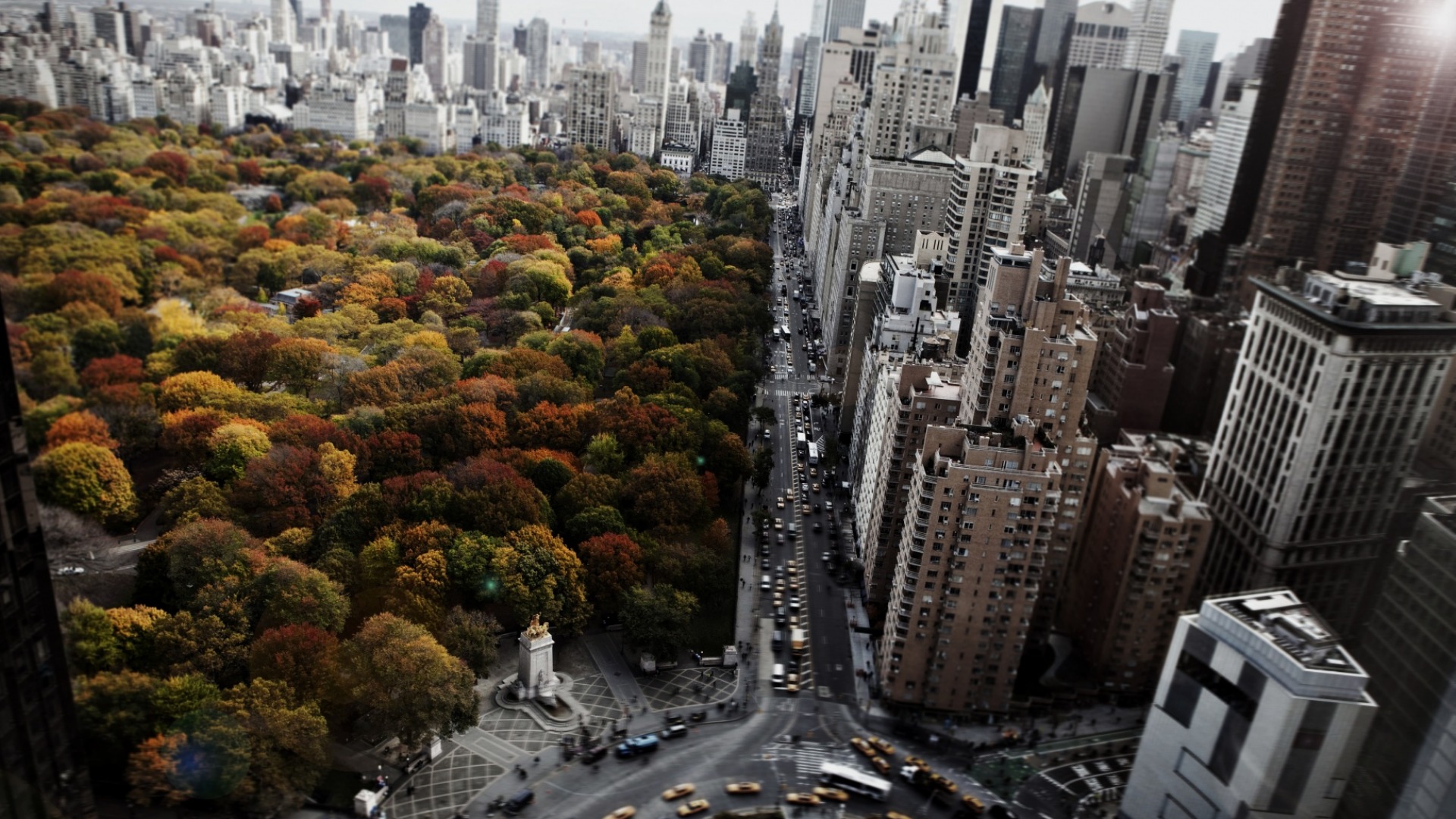
Easter Island resumes tourism two year hiatus

Chile's Easter Island welcomes back visitors following a two years break due to the Covid-19 pandemic.
The unique destination in the Pacific Ocean has resumed international tourism following its borders closing back in March 2020. The decision aims to revive both tourism and struggling economy in the area.
“Eighteen percent of the population lives off public salaries and the other 82% depends on tourism: restaurants, boutiques, tour operators, hotels, everything,” commented Easter Island’s Mayor Pedro Edmunds Paoa.
Nevertheless, "we've learned what the pandemic is about and know how to take care of ourselves," Edmunds added.
Tourism on the island accounts for over 160,000 visitors per year. Despite the two-years lockdown triggered by the Covid-19 pandemic, Easter Island registered only two infection cases and no hospitalizations or deaths were reported. Nevertheless, for public health safety reasons, the island had remained closed to tourists until now.
According to tourism official Veronica Kunze, tourists are set to be allowed on the island gradually, with two flights a week scheduled to be expanded in the near future. At the same time, visitors will be required to provide full vaccination proof or a negative Covid-19 PCR test upon entry. All international travellers will be required to take a rapid antigen test upon arrival.
"We have to open the island, but we have to do it safely," Kunze concluded.
In order to enhance safety on the island, the local hospital had also been equipped with an isolation unit and a PCR laboratory.
Located 2,300 miles west off the coast of Chile, the 3219 km island is famous for its Moais, the stone statues dominating the astonishing panorama here, considered to be built centuries ago by the island’s inhabitants, the early Rapa Nui people.
The entire island was declared to be a UNESCO World Heritage Site since 1995 and is considered to be “the biggest open air museum in the world” by Mayor Edmunds. Easter Island is also one of the world’s most remote inhabited islands.
Source: washingtonexaminer.com, timesofindia.indiatimes.com








